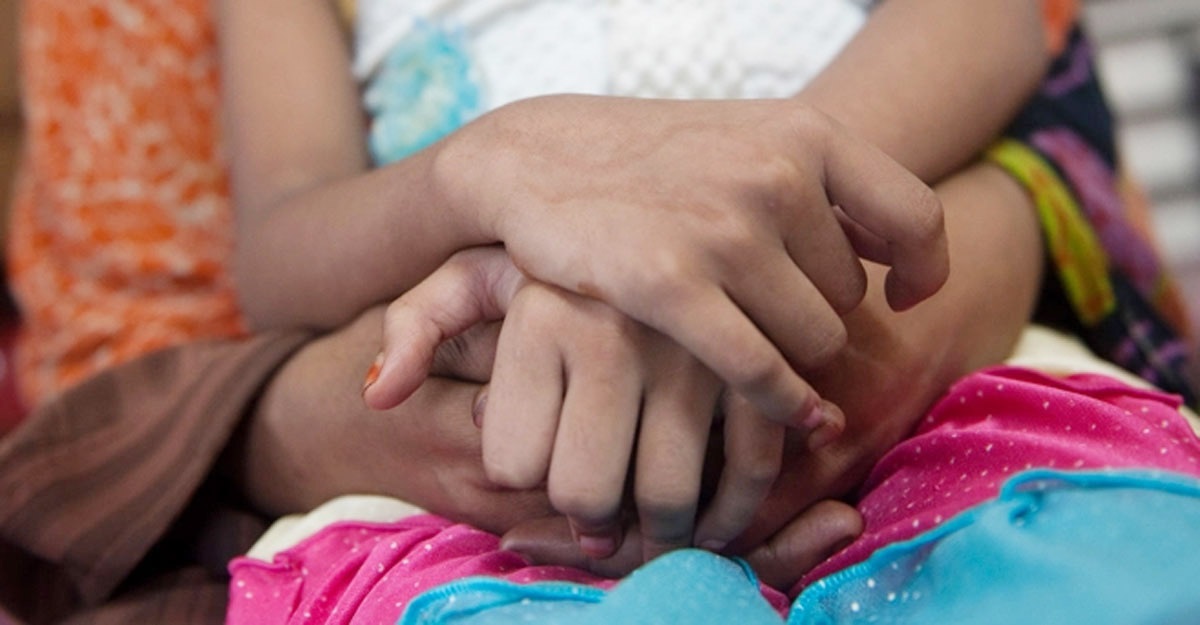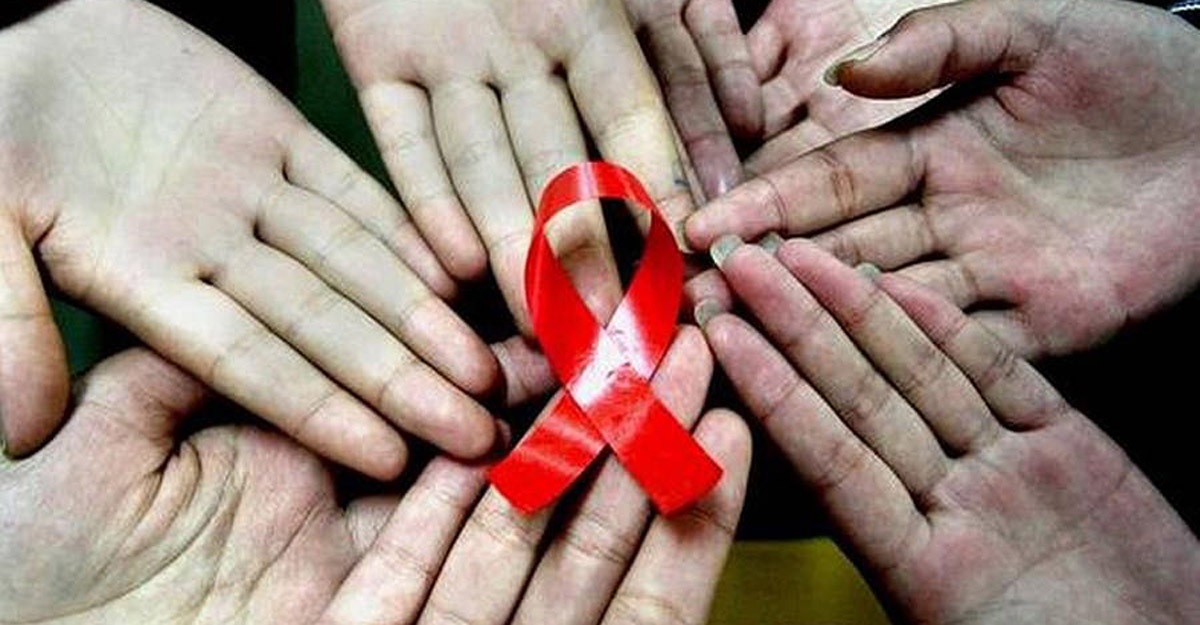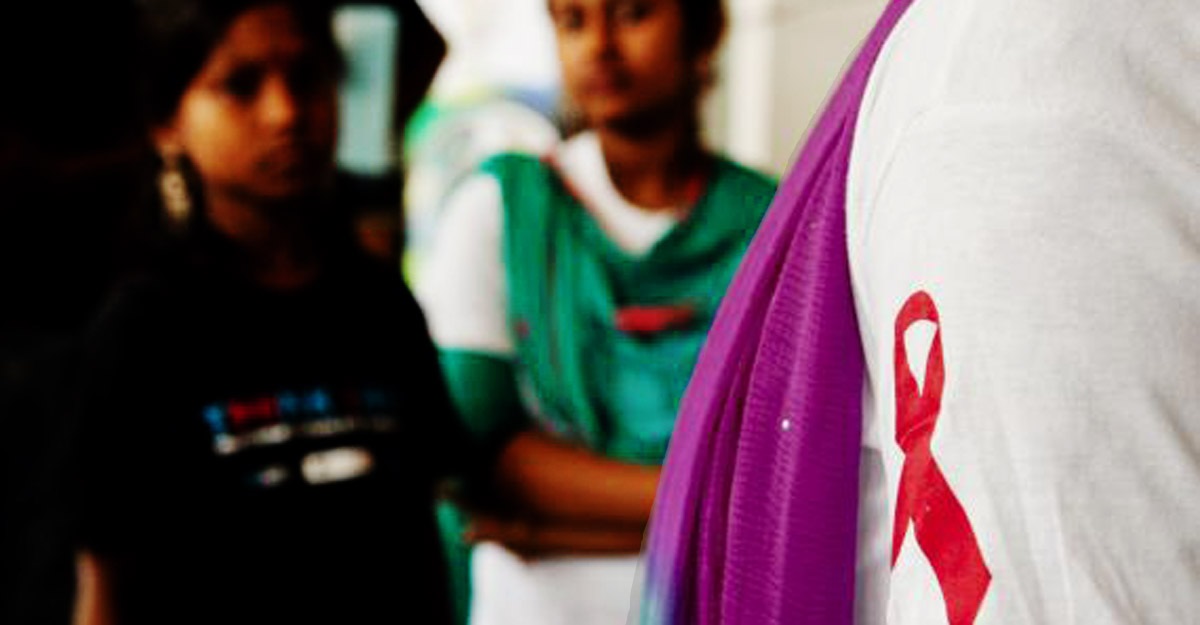Mother-to-child transmission of HIV: 28.5% women unaware
31 January 2022, 05:55 pm

At least 81.5 percent of women in the country have minimum knowledge about HIV/AIDS infection which indicates that they are aware of at least one HIV/AIDS carrier. The Sample Vital Statistics 2020 report of the Bangladesh Bureau of Statistics (BBS) revealed such information.
The BBS has been collecting data of women aged 15 to 49 about HIV/AIDS infection since 2013.
As per the report, 28.5 percent of women are not aware of the possibility of mother-to-child transmission of HIV/AIDS infection. However, at least 71.5 percent of women have knowledge of at least one carrier of the HIV virus. Besides, 36.1 percent of women are aware of all the carriers of the virus.

The United Nations agency for HIV/AIDS, UNAIDS, on December 1 said in a report that the number of AIDS patients in Bangladesh is not yet high. The number of new cases, however, has steadily been rising. So far the number of AIDS patients in Bangladesh is around 14,000, which comprises 0.1 percent of the total population of the country.
According to UNAIDS, 205 people died of AIDS in Bangladesh in 2021 which took the total number of deaths to 1,588 since AIDS was first detected in the country. Currently, about 8,000 patients are undergoing treatment across the country.
Experts and concerned said that the government has taken initiative to bring at least 95 percent of the AIDS patient under treatment by 2030. However, the government has to take more plans to fight the deadly disease. At the same time, the number and scope of AIDS detection tests have to be increased. In particular, the Rohingya population, migrants, and people of the most affected areas should be given priority.

According to BBS data, most of the newly identified patients have been identified in the Dhaka division. A total of 218 people have been newly identified in Dhaka while the number is 127 in Chattogram, 64 in Khulna, 45 in Sylhet, 28 in Barishal, 27 in Rajshahi and 15 in both Mymensingh and Rangpur divisions.
‘Children, HIV and AIDS: The world in 2030’ report of UNICEF estimates that some 360,000 adolescents may die worldwide in AIDS-related diseases between 2018 and 2030. If the flow of current population growth is maintained, the number of HIV-infected people will reach approximately 270,000 by 2030. The current situation of AIDS in Bangladesh is almost the same.
According to the Directorate General of Health Services, the country detected the first HIV patient in 1989. Since then, new patients have been identified every year. Bangladesh reported the first death case of HIV in 2000. A total of 729 new AIDS patients, including 186 Rohingya refugees, have been detected in Bangladesh in 2021.
Dr. Md. Khurshid Alam, Director General of the DGHS, also the Line Director of TB-Lep & AIDS/STD Program, said, “The rate of HIV infection in the country is low, only 0.1 percent comprising to the total population. However, there is a huge risk of HIV due to overcrowding, internal and international migration and lack of awareness. Besides, neighboring countries like India, Pakistan, Myanmar, Thailand, Malaysia and Indonesia are at high risk of HIV infection.”

He added that many people who went abroad illegally have returned to the country amid the coronavirus pandemic. Among the newly identified AIDS patients, the migrant workers are high in numbers. Even the rate of infections is also high among their family members. In addition, over the years, many migrants have returned to the country with HIV. Statistics show that 30 percent of new HIV patients in recent times are migrant workers or their family members.
In the context of the high rate of HIV infections among mothers, the head of the virology department of Shaheed Suhrawardy Medical College and Hospital, Dr. Jahidul Kabir told Dhaka Post, “The number of HIV patients in the country is not very high and most of the infected are the returnee of different countries across the world. Expatriates who were infected with the HIV virus were not aware of it mostly. And many of the expatriates returned from abroad to get married or to have children. From there, mother-to-child transmission occurred.”
He further said that AIDS is more prevalent in the Middle East, Malaysia and Italy. Most of the infected people do not know about the infection. Those who are aware of the infection, keep the matter secret. AIDS may spread in two ways - through blood and sexual involvement. None of the women in the country have been directly infected so far. Everyone has been infected through sexual involvement with AIDS patients. Women infected with AIDS give birth to malnourished children.
In response to a question, Jahidul Kabir said that only awareness can control this disease. To prevent this, screening tests should be increased. Considering the situation of neighboring countries, the number of AIDS patients can increase in Bangladesh at any time. For this, first of all, we have to increase the screening test by raising awareness.

Prioritizing on awareness program on AIDS, he said, there is no such awareness campaign in Bangladesh except for a couple of NGOs. We need to introduce new programs and campaigns to aware the people of the country about the AIDS infection.
He further said that the AIDS test can be done in the labs that have been used for the COVID-19 test. Besides, AIDS tests need to be community-based. The treatment of this disease has to start from the community.
Asked if the health ministry or the department had a database on AIDS, he said, “Nothing. I wanted to write an article a few days ago, but they could not provide any data to me. We have to write about it in the media to aware the people of the country. There are some things that should not be allowed to grow. HIV is just such a disease. Media can play an important role in this regard along with various government programs, especially in the field of propaganda. Journalists can contribute to creating awareness through writing about this issue.”
ARR





